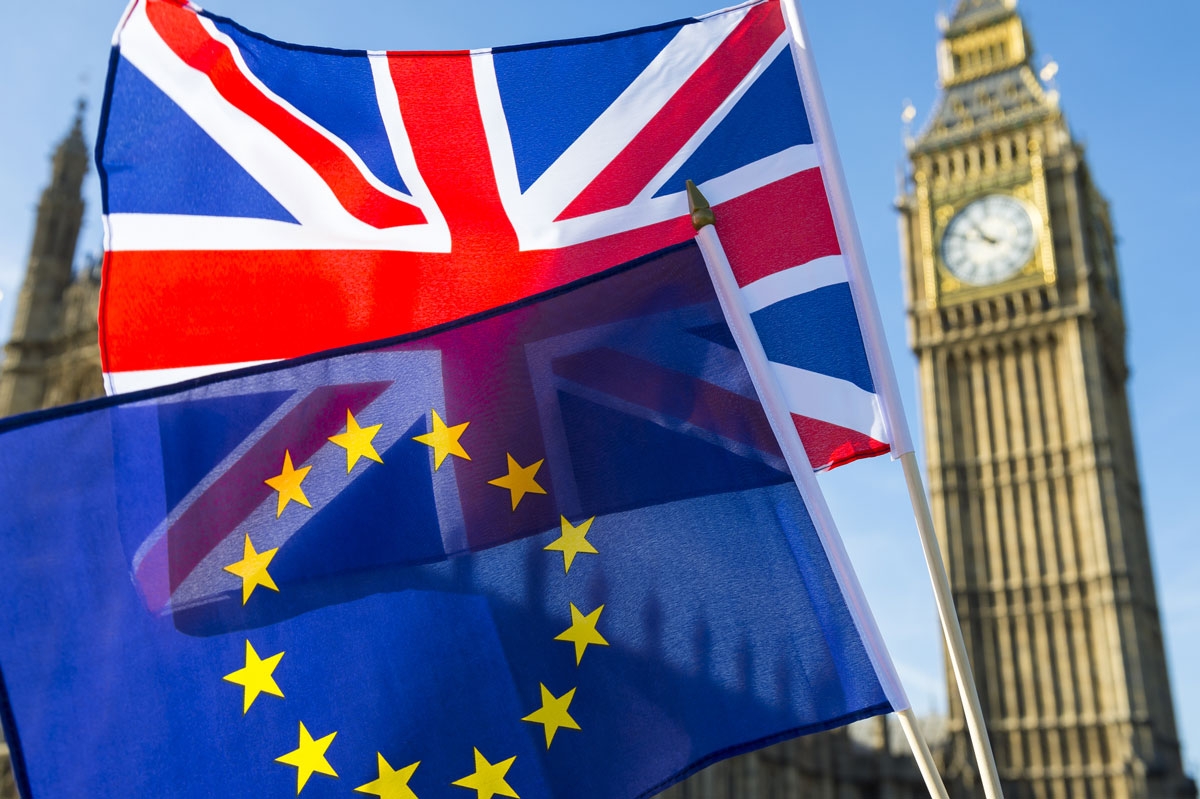The geography of Brexit
August 25, 2017

Taking a wider look at Brexit from a geography standpoint
Many explanations have been put forward to make sense of the UK’s decision to leave the European Union. Brexit has been cast as evidence of a divided nation, as another example of the rise of populism, and as the result of a protest by those left behind by globalisation and the ongoing effects of austerity.
Brexit has also been described as yet another symptom of an identity crisis and as the expression of anxieties rooted in Britain’s geopolitical decline, legacies of empire and long-standing apathy towards Europe.
For geographers, an appreciation of how Brexit saturates everyday life in different ways is crucial. It is important to understand why Brexit happened, just as it is important to anticipate what its future implications might be for the societies it will affect.
Equally, it is also necessary to consider how Brexit is already shaping everyday life, how it touches people and becomes personal in different ways. This understanding of the effects of geopolitics on a society is at the root of geographic knowledge.
The referendum was divisive. At a basic level, Brexit has drawn a line between ‘leavers’ and ‘remainers’, between the UK and the EU, and between different forms of citizenship and status both in the UK and beyond. In the aftermath of the vote, much was made of the apparent divisions between old and young, different regions, and different forms of class, while there was a much reported and significant spike in hate crime and incidents of violence.
Media reports of the intolerance and hate that surfaced took in a range of sites and forms – attacks in the street and on public transport, altercations at supermarket check-outs, bullying in school playgrounds, racist graffiti and assaults on cultural centres.
Less discussed are the other forms of division that have emerged after the referendum and which continue to shape how people relate to Brexit as the negotiations get under way. Family relations, neighbourly associations, and relationships in the workplace have all been affected.
Friendships that have ended abruptly, spouses who won’t talk about the vote, and people who feel isolated at work because they voted differently to their colleagues are just some of the examples given of the ways in which Brexit has touched people personally.
The personal effects of Brexit are intensified as different predications, challenges and opportunities are discussed. Stories about the economy, trading relations, consumer costs, access to healthcare, the right to remain, and the freedom of movement, are combined with accounts of a crumbling NHS, new agricultural agreements, job centres, local markets, and failing industry.
Whatever the focus, these stories combine hopes for a better future with worries over an unsettled present and the potential for future losses. As stories circulate, Brexit continues to give rise to new forms of division and people have developed a variety of strategies to deal with ongoing tensions or, in some cases, to avoid them altogether.
At the same time new forms of solidarity and belonging have also emerged, presenting a far more complicated picture to analyse. What connects these accounts are the very ordinary spaces in which Brexit appears. While the conditions of Brexit are negotiated behind ‘closed doors’ – whether in courtrooms, offices of state, in Parliament or throughout the corridors of Brussels – Brexit also surfaces and shapes interactions in school sports-halls, at the dinner table, in the pub, at family weddings and during taxi rides to town.
This is a very different ‘Brexit geography’ to the kind that focuses on international relations, national borders and economic regions, but is one that is equally central to people’s experience of it as a political and geographical event.
Asking how people, groups and organisations relate to Brexit in everyday situations allows us to focus on the event of Brexit as it unfolds. There was, and still is, no consensus about what Britain’s post-Brexit future will look like and the stories that people tell about Brexit continue to be contradictory and divergent, taking on new meaning as Britain’s futures are anticipated, hoped for, ignored, denied or otherwise related to. It is in and through ordinary spaces and relationships that Brexit takes shape as a collection of attachments, emotions and ideas, and it is to these everyday spaces and relationships of Brexit that geographers are ideally placed to attend.


